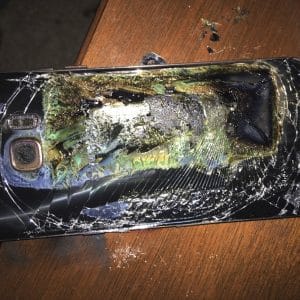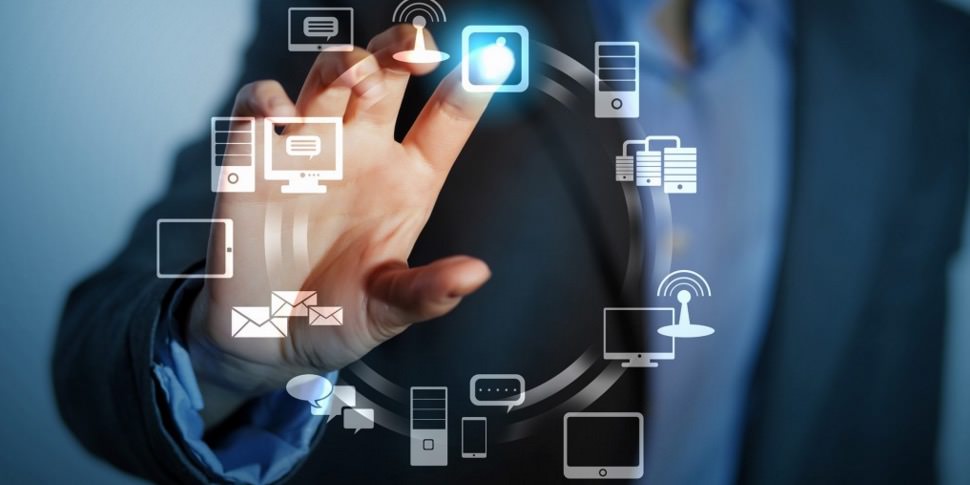Why does charging slow at the last stage?

Why does charging slow at the last stage?
Why does charging slow at the last stage?
All smartphone users notice that the battery charge becomes slower when the battery is nearing full. This may raise users' questions.
Usually, a smartphone can charge very quickly, from 0% to 80%. As for the remaining percentage to complete the shipment, it needs a longer time.
The reason is due to the mechanism of action of lithium-ion batteries in general. These are batteries that are used in smartphones, laptop computers, and even electric cars.
Battery charging slow
Lithium-ion batteries are charged in three successive stages. These stages are mainly designed to protect the batteries from any dangers on the one hand, and on the other hand to preserve their life span.
The first stage is known as the pre-charge stage, or Pre-Charge. During this stage, a current of 3 volts is released to the battery. This lower capacity refreshes the battery and prepares it to complete the charging process. This is because the battery reaches a more dormant state when it is left uncharged for a long time.
This method also helps to revive the battery's protective shield, which is one of its main components. But the pre-charging process depends only on 10% of the charging capacity supported by both the phone and the charger. This explains why you need to leave the phone connected to the screen for a few minutes before you can turn it on if it has a 0% charge.
Charging stages
Upon completion of this stage, the second stage begins. It is the one that starts precisely when the battery reaches the 3 volt stage in a stable manner. The second stage is known as Constant Current. The phone then begins to fast charging gradually.
At this point, the phone's fast charging mode is activated, if available. This stage continues to charge the phone as quickly as possible until it reaches 80%.
This method also helps to revive the battery's protective shield, which is one of its main components. But the pre-charging process depends only on 10% of the charging capacity supported by both the phone and the charger. This explains why you need to leave the phone connected to the screen for a few minutes before you can turn it on if it has a 0% charge.
Charging stages
Upon completion of this stage, the second stage begins. It is the one that starts precisely when the battery reaches the 3 volt stage in a stable manner. The second stage is known as Constant Current. The phone then begins to fast charging gradually.
At this point, the phone's fast charging mode is activated, if available. This stage continues to charge the phone as quickly as possible until it reaches 80%.
After that, charging the battery enters its third stage. This stage is also known as constant voltage - or volts. At this stage, the phone receives a constant voltage, and that is why the stage suffers from more slowness. However, the goal of this technology is to keep the phone from overcharging, and to protect the battery in general.
It is also known that charging a smartphone is measured in watts. It is the product of voltage and current.
At this stage, the electric current continues to decrease continuously until the battery is fully charged, and in the last stages, the current is at its lowest levels, due to the effect of the stability of the voltage.
Until leaving the phone connected to the charger at this point it only receives 4V of power. The phone stays 100% full and once it drops to 99% this simple voltage brings it back to 100%.
Other topics:
How do you deal with your lover after returning from a breakup?






